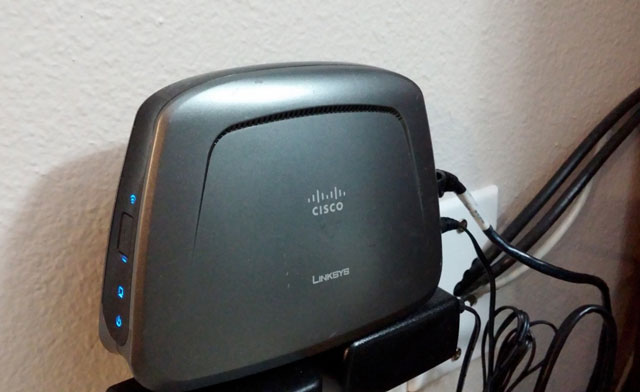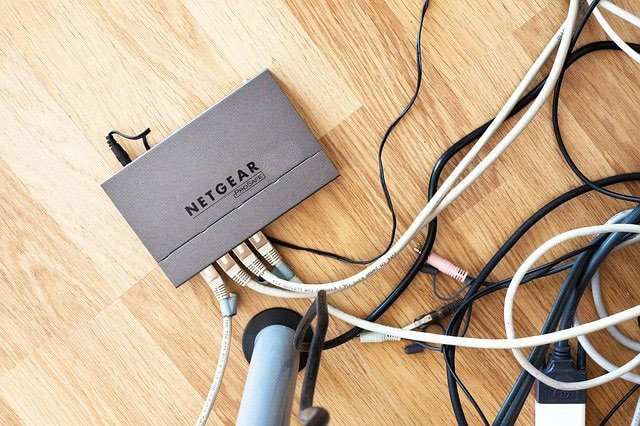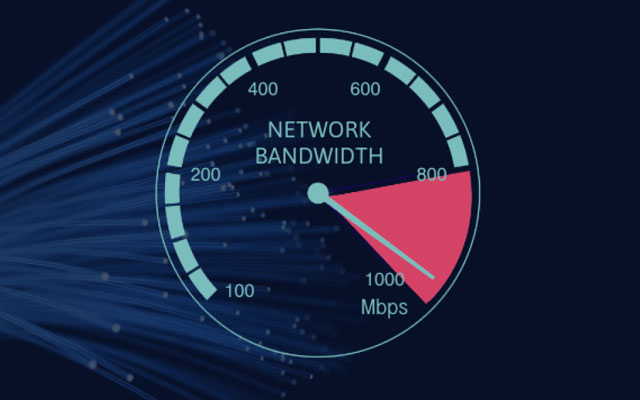What Is A WiFi Bridge? What Are Benefits & Drawbacks of WiFi Bridge?
The WiFi bridge plays an important role in communicating two networks in different locations. What is a WiFi bridge? How many types of WiFi bridges are there? Why should you use it for your network? Scroll down for details and read on!
.jpg)
What is wifi?
What Is A Wifi Bridge?
What is WiFi bridging? It is a connection between two endpoints, those endpoints can be: buildings, CCTV cameras, telecommunication masts or just about any IP device that you want to link.
The wifi bridge is the most reliable and fastest network method used in offices and similar locations. It reduces the workload and helps you easily connect to various devices.
You can use wireless bridging to connect your networks in the same locations such as campus buildings, transportation, manufacturing facilities, cities, offices across the street, etc.
A wireless bridge connects two access points using a microwave or a wireless frequency signal. It sends and receives wifi signals and wirelessly connects to a regular IP network with an antenna.
Also read: What is WiFi?
.jpg)
What is wifi bridge?
How Does A WiFi Bridge Work?
A WiFi bridge works by establishing a wireless connection between two devices using WiFi. After that, devices on different networks are able to communicate with one another and share data.
In particular, point-to-point wireless bridge connections are used by WiFi bridges to connect to routers.
Imagine that you have two points: the bridging device and your original router. The wireless data that these two devices exchange when they connect "bridges" the distance between them by traveling across your property in a straight line.
Technically speaking, WiFi bridges serve as hubs connecting two distinct networks.
.jpg)
How the WiFi bridge works
When To Use A WiFi Bridge?
There are several reasons for modern buildings to be connected to the Internet.
Both employees and residents expect a strong Internet connection. In addition, properties may have smart equipment that communicate with one another online to share data and provide functions like remote gate or door opening.
Usually, a wireless router is used by the property to create this Internet connection. But that can be more difficult than it looks due to a building's infrastructure. Over distance, a router's wireless transmissions weaken. Plus, WiFi transmissions are weakened by walls and other barriers.
A WiFi bridge can help in this case. Using a WiFi bridge will increase WiFi signal strength through open areas and walls and enhance the wireless coverage on your property.
.jpg)
When to use a WiFi bridge
Consider using a wireless bridge if your property:
-
Has large outdoor spaces
-
Has multiple, thick walls that impede wireless WiFi signals
-
Is too large for one router
-
Has multiple buildings that you want to use the same network for
Types Of Wifi Bridge
Wifi To Ethernet Bridge
This type is useful for the old clients or computers not having the wifi capability. It allows them to connect to an Ethernet network and join the access points.
Wifi To Wifi Bridge
It connects two wifi networks and expands the coverage of wifi hotspots. Some wireless access points support bridging in both Ethernet and bridge modes.
Bluetooth To Wifi Bridge
This type communicates with Bluetooth gadgets and connects clients to your home wifi network.
.jpg)
Types of wifi bridge
Benefits And Drawbacks Of Wifi Bridge
Benefits
One of the main benefits of wireless bridging is that it allows communication to be expanded into places that would normally be off-limits due to danger or where it would be too costly to install communication infrastructure.
The advantages of this kind of expansion include improved operational visibility and the establishment of the framework for Industry 4.0 applications.
Furthermore, it provides great power, which means higher speed and larger distance. Network reliability is higher with bridges, making it easier to maintain your network without congestion.

Benefits of wifi bridge
Drawbacks
On average, bridges cost more than hubs and repeaters. Therefore, it is recommended only when the LAN network is underloaded. It is not suitable to use in other situations where the data load fluctuates.
The bridge performs additional processing by displaying all MAC addresses, reducing network performance. The bridge cannot filter broadcast traffic individually.

Drawbacks of wifi bridge
See also:
Conclusion
This article has covered almost everything about wifi bridges, from what is a wifi bridge, different types of wifi bridges to their benefits and drawbacks. Are those pieces of information helpful for you?
Reference websites:
https://www.pcmag.com/encyclopedia/term/wi-fi-bridge
https://kb.netgear.com/227/What-is-a-wireless-bridge
https://network-data-cabling.co.uk/blog/what-is-wireless-bridge/
![What Is ATT Smart WiFi? Best Features and How to Use It [Explained]](https://gospeedcheck.com/filemanager/data-images/imgs/20240607/What%20is%20att%20smart%20wifi/what-is-att-smart-wifi%20(1).jpg)





0 Comments
Leave a Comment
Your email address will not be published. Required fields are marked *